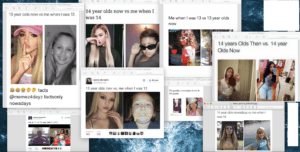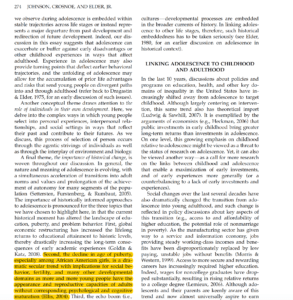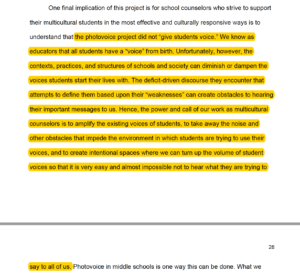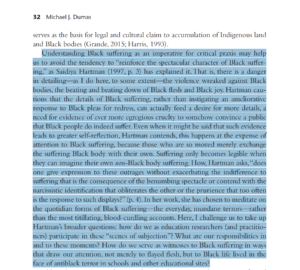About a month ago I went with my 12 year old sister and two cousins (14 and 10) to Six Flags. We take a standard selfie, all smiling, and I send the photo to a friend letting her know how much fun we’re having. In conversation when she asks how old they are she is baffled at the fact that they’re not between 18 and 22. Since this day, and so far in my student teaching placement around middle schoolers, I’ve had this burning question:
Why do pre-teens and teens not look like our idea of pre-teens and teens? More specifically black and brown pre-teens and teens.
The MVP passage I chose on p.274 bottom left portion brings up the point but I personally feel like the authors of this piece didn’t go as in-depth as I would have liked or at least enough to more sufficiently answer my question. I understand that this article emphasizes the changes in our world has changed the “ages” at when adolescences begins and ends. But, what I most wonder, sparked by experience and then this passage, is why this is so prevalent in black and brown communities in the US? I don’t understand why the authors would bring up such a specific and important point with such precision and then not refer back to it in the same detail in the larger subdivision that talks about puberty.
Although commonly seen as a meme-worthy joke, this shift has had implications that aren’t humorous at all. Aside from a simple age mix up in a photo, this has often been the cause of violence from law enforcement towards these minors. I see in my school how pre-teen students are spoken to so sternly and strongly because of growth spurts that make them look like adults when maybe they’re just 11 and 12 year olds goofing around.
I need a lot more information and this article leaves me with more questions than answers.



